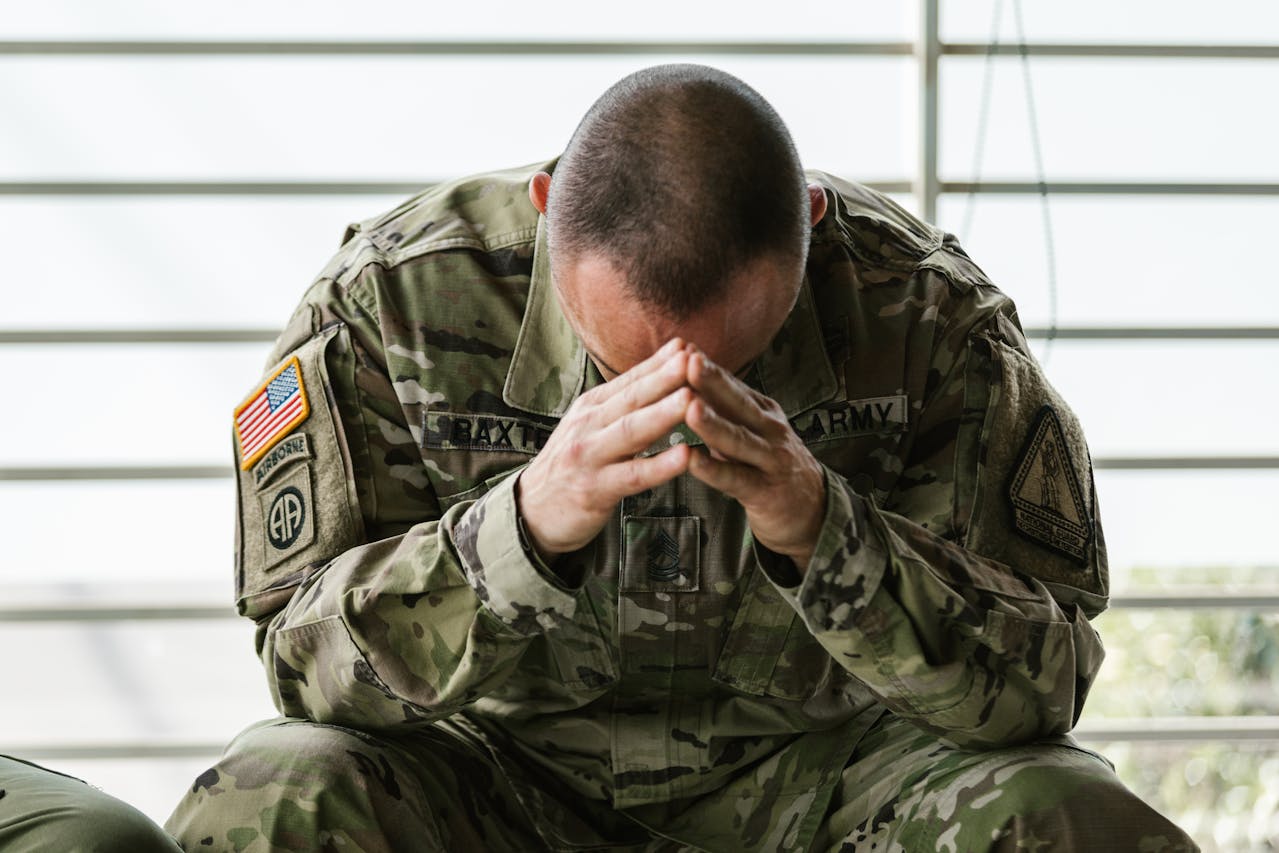Mental Health
New Research Showing How Real-Life Exposure to Violence Disrupts a Child's Sleep Habits
Victimization and/or witnessing a homicide have greater effects on the quality and quantity of children's sleep
DARIEN, IL – When violence shatters a child's world, the torment can continue into their sleep, according to researchers in Cleveland. The impact is measurable and affected by the severity of the violence, and the effects can last over time.
The study, being presented today at SLEEP 2012, shows how the severity of a violent event affects a child's quality and quantity of sleep. The more severe the violence, the more sleep is impacted. Trouble with nightmares and insomnia have long been associated with exposure to violence, but the Cleveland study found that characteristics of the violent act touch different aspects of the child's sleep.
For example, children who are victimized during a violent event tend to sleep less and more poorly than children who witnessed a violent event but were not victimized. Children who witness homicide have more inconsistent sleep as time passes since the violent event occurred.
"Violence permeates our society, and this work is showing that experiencing even a single violent event as a victim or as a witness may influence sleep behavior in different ways, which in turn may negatively affect a child's health and functioning," said James Spilsbury, PhD, the study's principal investigator.
Children who do not get enough sleep are prone to development and behavior problems. Poor sleep also has been linked to a number of serious health risks, including high blood pressure, heart disease, stroke, depression, diabetes, obesity and accidents.
Spilsbury and colleagues at Case Western Reserve University and the Cleveland Clinic Multidisciplinary Research Training Program measured the sleep of 46 children, ages 8 to 16, who were participating in a social service program for children exposed to violence. Ethnicity was mixed, but the children were largely disadvantaged and living in urban settings.
Sleep data were collected for seven days by actigraphy, a monitoring method that uses a patient-worn sensor to measure activity during the day and at night. Follow-up was conducted three months later. In analyzing the results, Spilsbury and associates controlled for such factors as age, sex, family income and exposure to violence in the previous year.
"Even after controlling for the possible effects of exposure to violence in the previous year, we saw that the severity of the more recent event had a measurable, negative influence on a child's quantity and quality of sleep," Spilsbury said.
Source: American Academy of Sleep Medicine









Join the Conversation